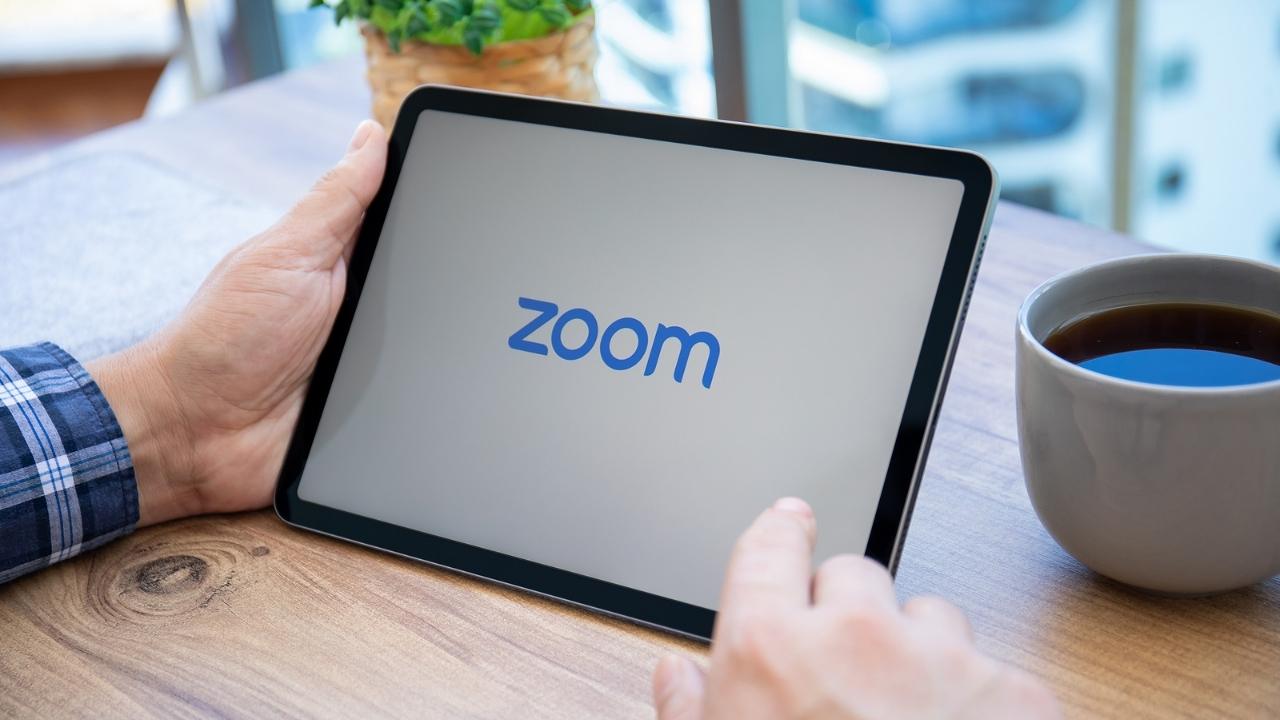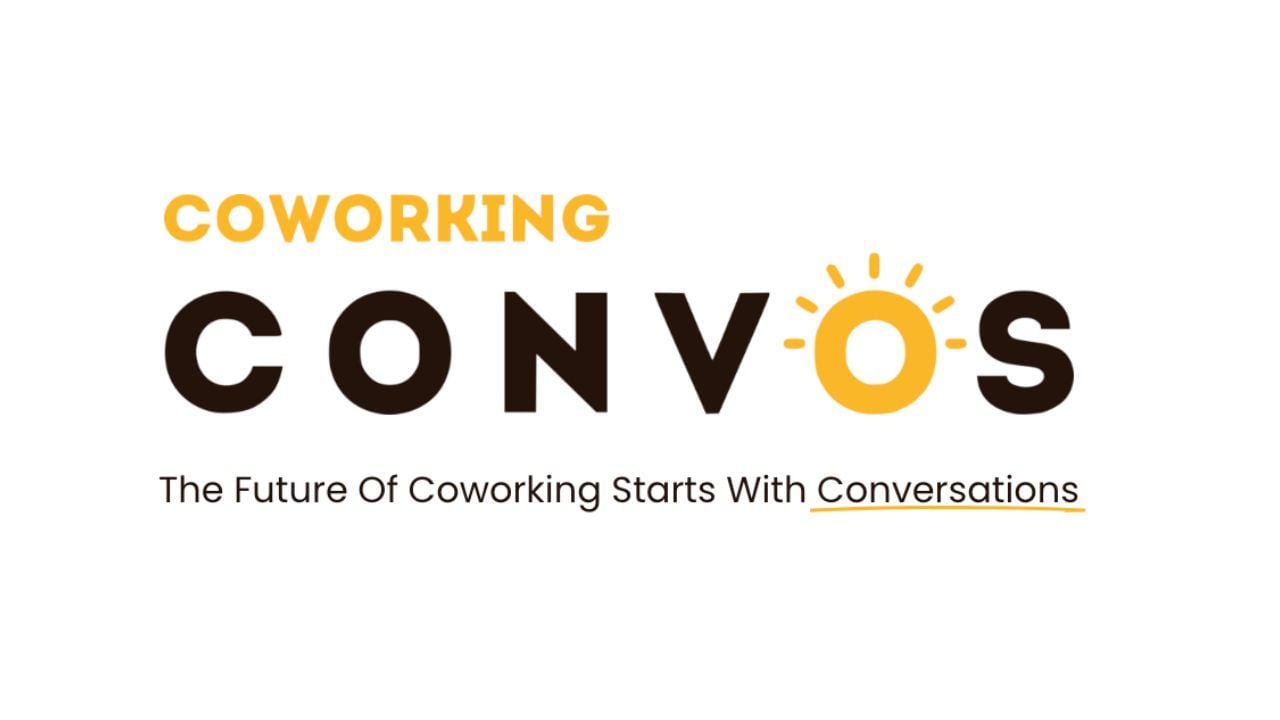Zoom quickly became the unexpected hero at the beginning of the pandemic, allowing people to connect with their loved ones and companies to continue operating.
“I had more sleepless nights than at any other time in my career,” said Eric Yuan, founder and CEO of Zoom.
In the short time between the pandemic becoming a threat and nearly the entire world shutting down, Zoom was thrusted into the spotlight and soon became intertwined into our daily vocabulary. In fact, at the start of the pandemic, Zoom’s daily meeting participants skyrocketed from 10 million users to over 300 million.
Even now as workers slowly return to the office, virtual meetings are still expected to be a significant part of many companies’ operations. According to a survey of senior executives from CNBC, most companies are planning to transition to some form of hybrid policies.
Yuan said that in preparation for the increasingly hybrid workforce, Zoom will be updating its tools to ensure companies are able to better communicate and collaborate when they aren’t in the same office.
For instance, the company plans to incorporate smart galleries, AI-enabled meetings and virtual whiteboards to create more connected virtual meetings.
“From the beginning of Zoom we were asking, ‘how do we make the virtual experience as good, if not better, as in person,’” said Harry Moseley, chief information officer at Zoom.

 Dr. Gleb Tsipursky – The Office Whisperer
Dr. Gleb Tsipursky – The Office Whisperer Cat Johnson – Coworking Marketing Maven
Cat Johnson – Coworking Marketing Maven Angela Howard – Culture Expert
Angela Howard – Culture Expert Drew Jones – Design & Innovation
Drew Jones – Design & Innovation Andrea Pirrotti-Dranchak – Competitive Advantage
Andrea Pirrotti-Dranchak – Competitive Advantage Jonathan Price – CRE & Flex Expert
Jonathan Price – CRE & Flex Expert Jeremy Fennema – Tech Innovation Alchemist
Jeremy Fennema – Tech Innovation Alchemist












